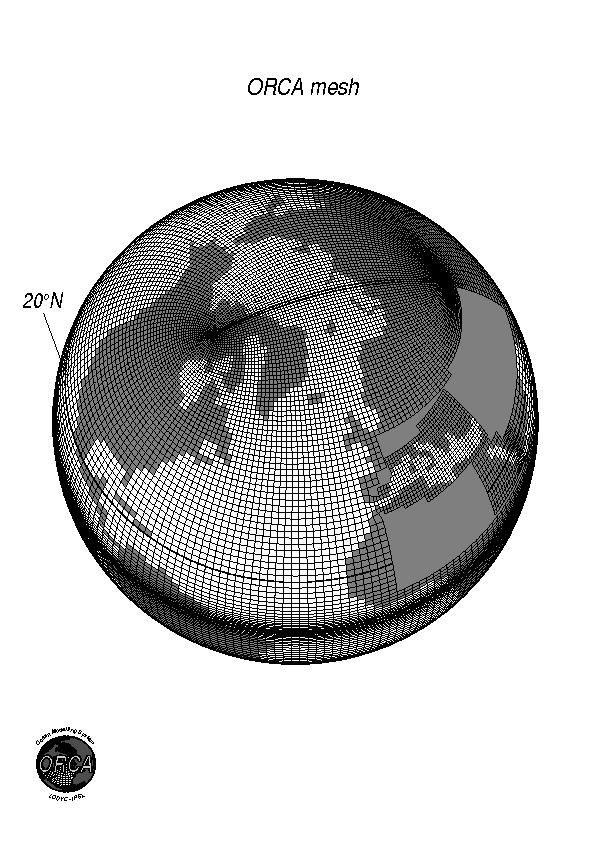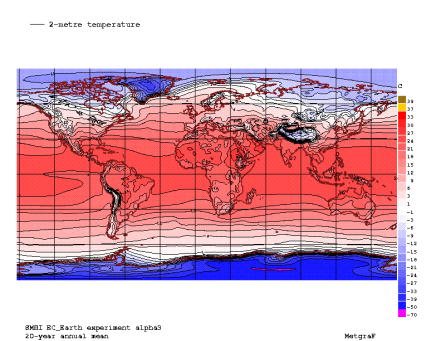European Modelling of the Ocean
Hind Shouli
Supervisor: Kees Vuik
Site of the project:
TU Delft in collaboration with John Donners of
SARA
start of the project:
October 2010
The Master project has been finished in August 2011
by the completion of the
Masters Thesis
and a final
presentation
has been given.
For working address etc. we refer to our
alumnipage.
Summary of the master project:
Introduction
NEMO (Nucleus for European Modelling of the Ocean) is a 3-dimensional ocean model that is used for
oceanography, climate modelling as well as operational ocean forecasting. It includes submodels that
describe sea-ice and biogeochemistry. Many processes are parameterised, e.g. convection and
turbulence. It is used by hundreds of institutes all over the world. The open-source code consists of
100k lines of code, is developed in France and the UK by the NEMO development team and is fully
written in Fortran 90. The MPI (Message-Passing Interface) paradigm is used to parallellise the code
and depending on the configuration of the model, it can run on a single processor or scale up to 1000 or
more processors.
Model description
NEMO is a finite-difference model with a regular domain decomposition and a tripolar grid to prevent
singularities. It calculates the incompressible Navier-Stokes equations on a rotating sphere. The
prognostic variables are the three-dimensional velocity, temperature and salinity and the surface height.
To further simplify the equations it uses the boussinesq and hydrostatic approximations, which e.g.
remove convection. It can use a linear or non-linear equation of state. The top of the ocean is
implemented as a free surface, which requires the solution of an elliptic equation.
For this purpose, it uses either a successive overrelaxation or a preconditioned conjugate-
gradient method. Both methods require the calculation of global variables, which incurs a lot of
communication (both global and with its nearest neighbours) when multiple processors are used.
Problem
Both methods to calculate the free surface are iteratively solved (see the manual, section 10.7), and are
implemented as single subroutines of less than 200 lines. Their convergence rate is very slow and on
average they need hundreds or even thousands of iterations to reach a satisfactory tolerance. At this
moment, the scalability of NEMO is limited by the communication overhead of the free surface solver.
As new computer architectures will consist of many more cores (100k+), it is imperative to improve the
scaling of NEMO.
Goal
To find new algorithms or to change the existing algorithms that improve the scalability of the NEMO
model. This could consist e.g. of implementing a deflation method or improving the preconditioner.
SARA will provide technical assistance with analysing, implementing and running NEMO.
Contact
For further information please contact John Donners (john.donners@sara.nl or 020-5923055).

The grid used in NEMO

Simulations done with NEMO

Contact information:
Kees
Vuik

Back to the
home page
or the
Master students page of Kees Vuik


![]()
![]()